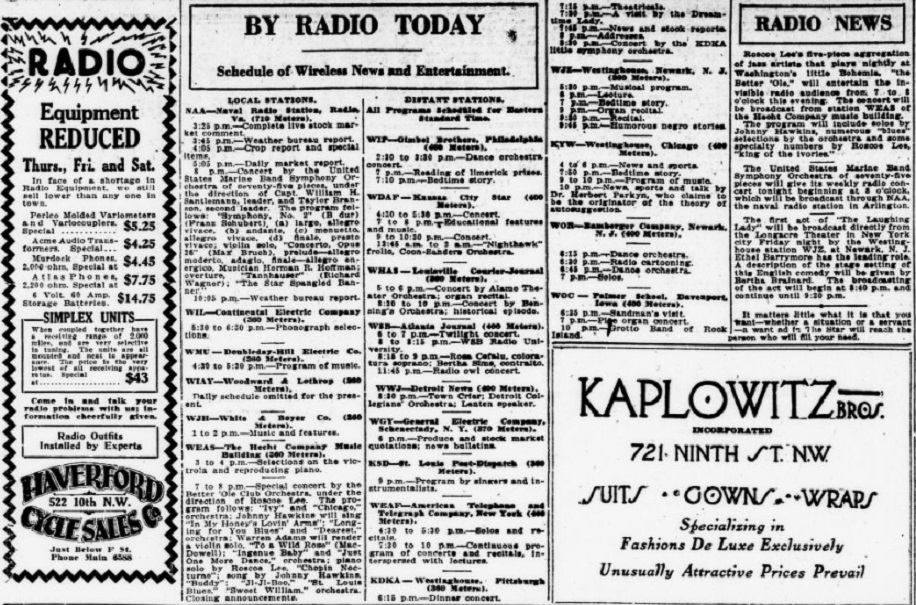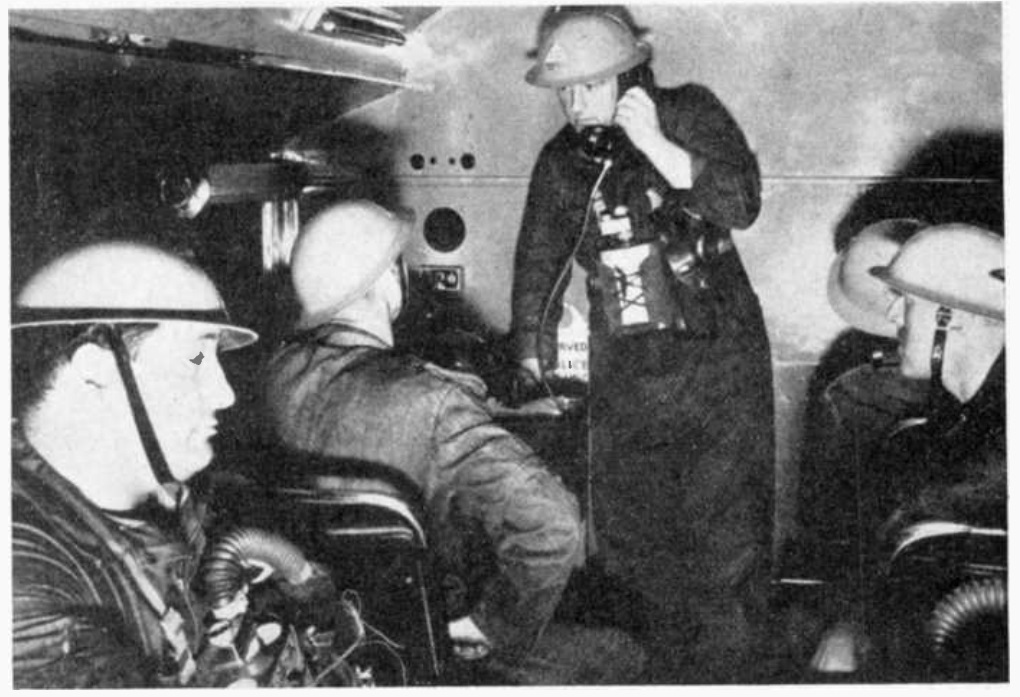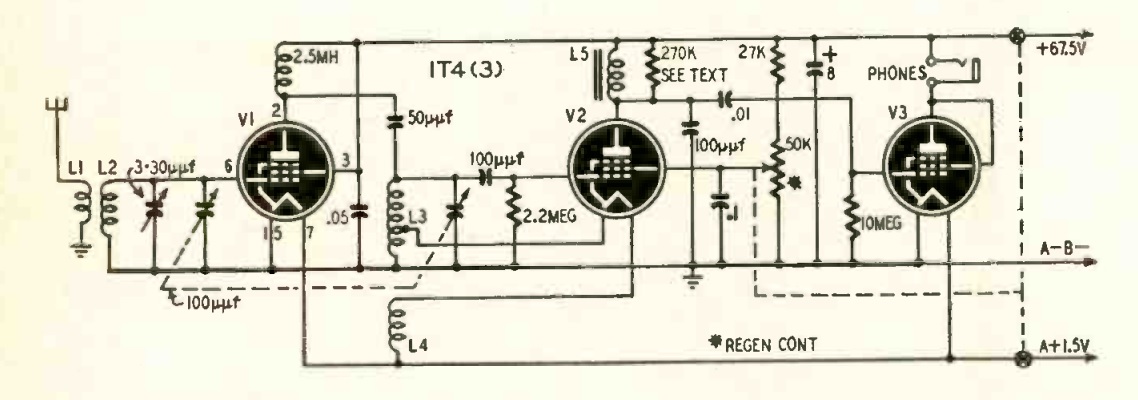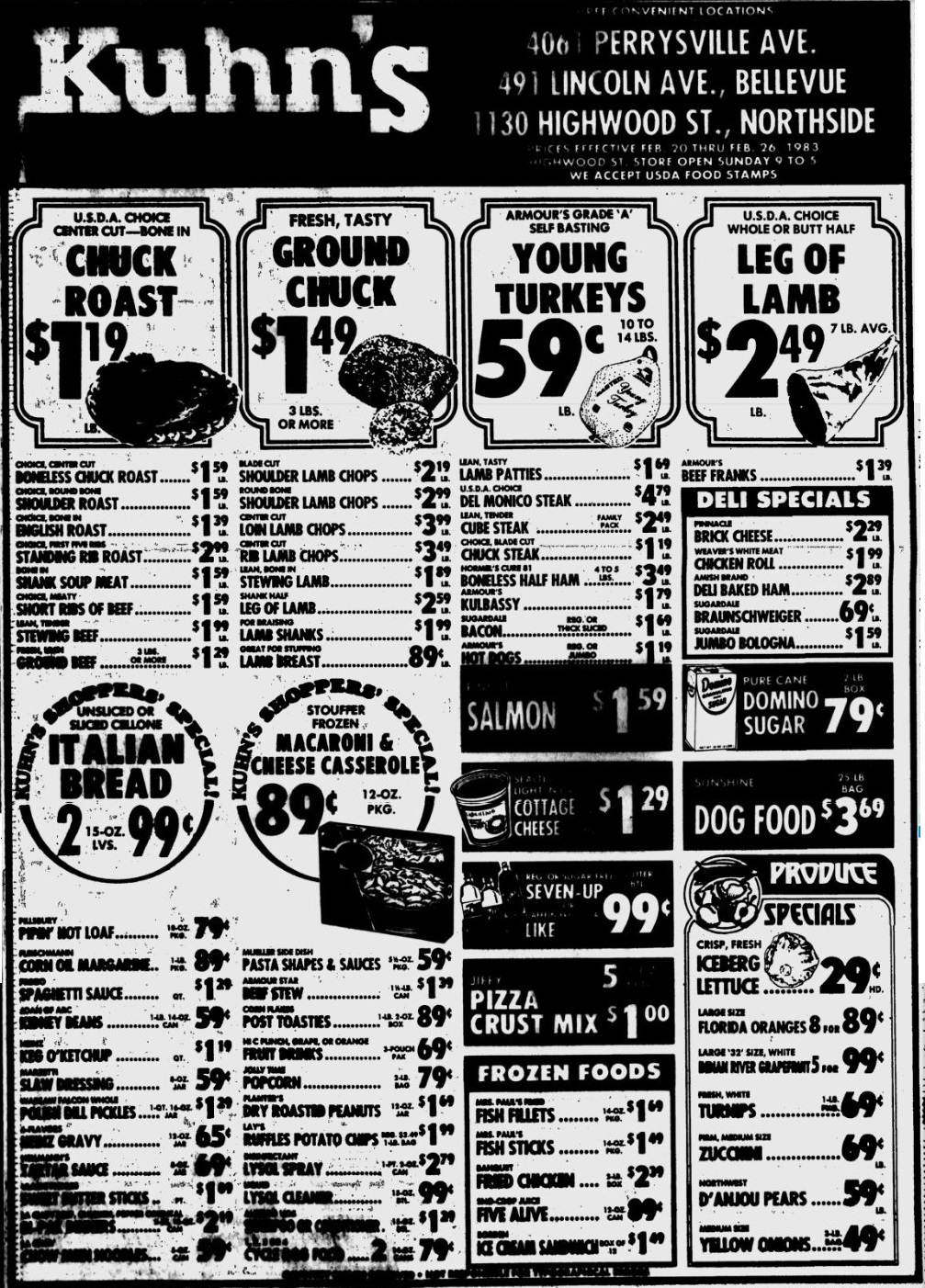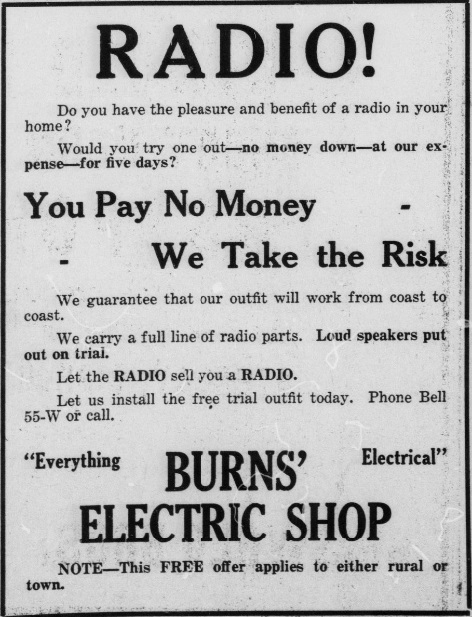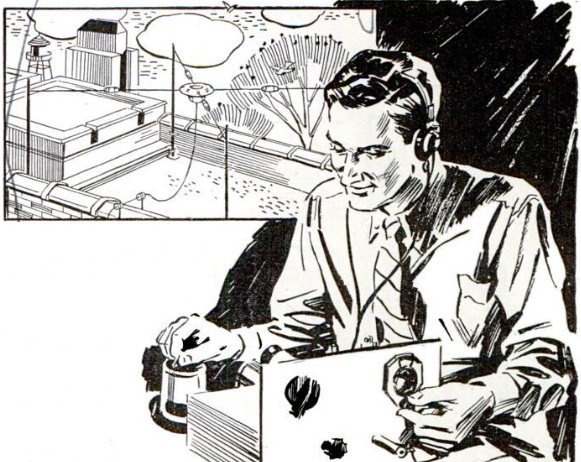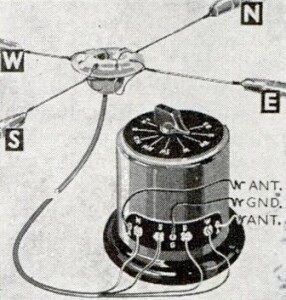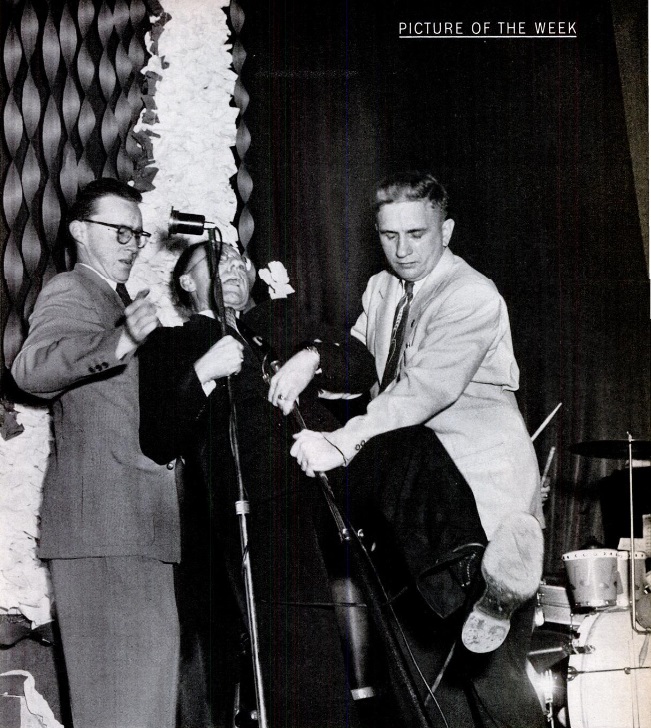 This picture appeared 70 years ago today in the March 2, 1953, issue of Life magazine.
This picture appeared 70 years ago today in the March 2, 1953, issue of Life magazine.
The gentleman in the center is A.W. Shackleford, the mayor of Lethbridge, Alberta. He is demonstrating the importance of using grounded outlets, or at least polarized plugs. He was speaking into one microphone, addressing 800 Valentine’s Day dancers. A local radio station was covering the event, and being a politician, he grabbed that microphone as well.
Unfortunately, a “difference in grounding systems” between the two systems caused there to be a difference of 50 volts through the two mike stands. Undoubtedly, one or both of the two systems had one lead of the power connection attached directly (or through some resistance, hence there only being 50 volts present) to the chassis. All is well if that’s the neutral lead of the electric wire. But one of the two systems had the hot side of the power lead hooked to the chassis.
A radio announcer (left) and alderman tried to pull His Worship the Mayor away from the mikes, but the current froze him in place, and he was not freed until the power was disconnected. He survived the incident, and went on to win future terms as mayor.

